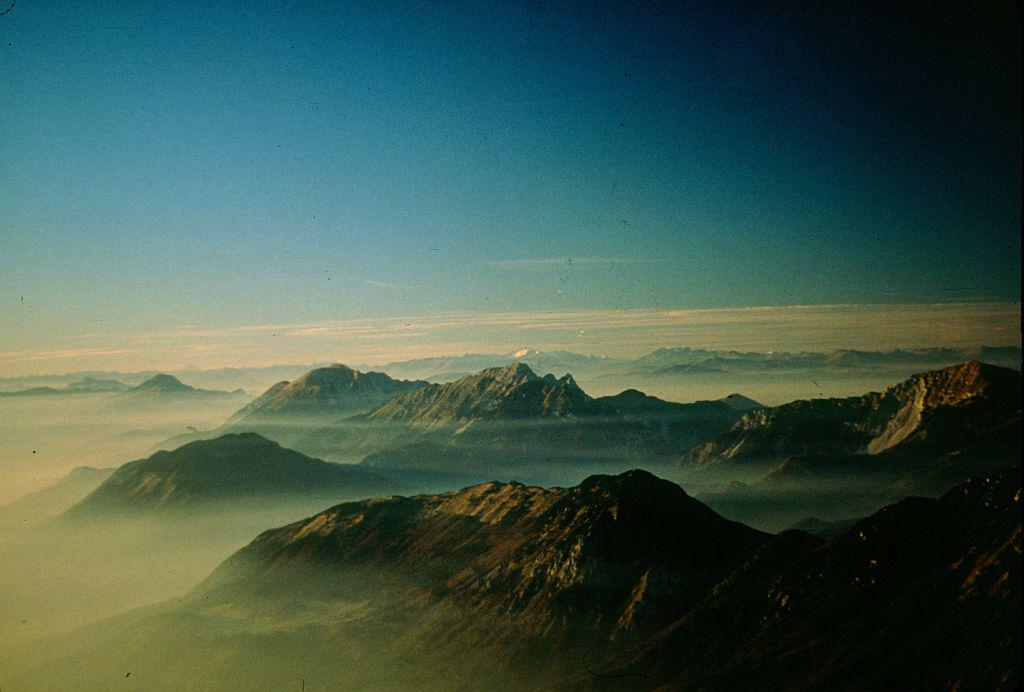
The Karavanke Mountains, which straddle Slovenia’s border with Austria, aren’t as well-known as the Julian Alps, but this Alpine range is in many ways just as interesting. Recently, its uniqueness has been officially recognized when a large part of the range became a park of the Karavanke Geopark. Recognized by UNESCO, the park contains territory in both Slovenia and Austria.
The area was protected primarily because of its geology. The Karavanke Mountains were formed when the African and the European tectonic plates crashed into each other. The event gave rise to numerous cliffs, interesting rock formations, waterfalls, fossil-rich sediments, as well as deposits of rare minerals such as wulfenite and sphalerite.
Some of these minerals were mined in the area through the centuries, as were iron, zinc, lead and mercury. Many Karavanke valleys were settled after the advent of mining, and foundries and ironworks became common sights in many towns. Even today, abandoned mine shafts can be seen throughout the protected park; some can even be explored from the inside on guided tours.
The appeal of the Karavanke Geopark extends far beyond geology. Forests, high-altitude pastures, and tourist farms are common in the area. Higher up, visitors can experience a true Alpine ecosystem that is nevertheless easily accessible thanks to a well-developed network of mountain huts. The park is also home to rare birds, including the hazel grouse and the boreal owl, and well as plants found nowhere else on earth, such as Zois’ bellflower and Wulfen’s primrose. The area even encompasses several rare, high-mountain wetlands.
A visitors’ center in the town of Mežica, in Slovenia’s Koroška (Carinthia) region, now introduces travelers to this often-overlooked, but always fascinating part of Europe.

































































